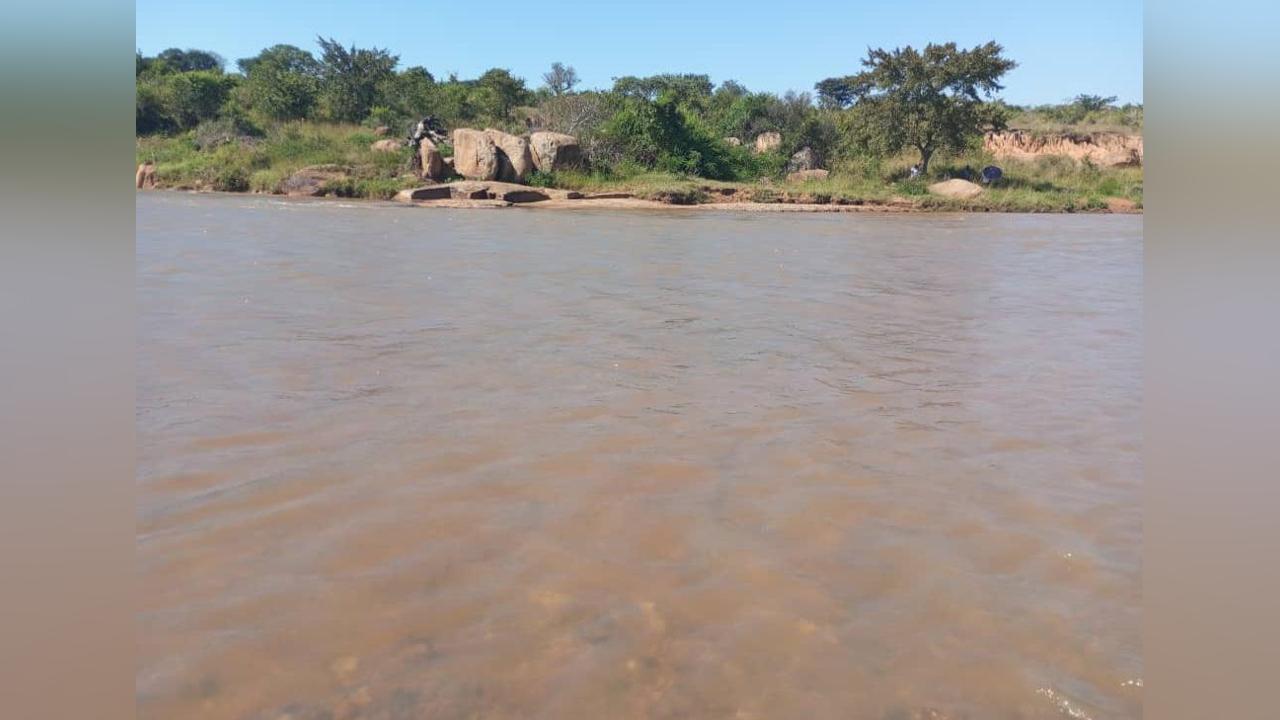Africa-Press – Eswatini. A 128-meter-long pedestrian bridge, the longest in Eswatini, is set to transform lives in the rural communities of Emanyonyaneni and Nsizatje in Hosea, Shiselweni.
The project, which will take 10 weeks to complete, aims to provide a safe crossing for the over 3 000 community members, including 2 117 schoolchildren, who previously faced the daunting task of navigating the Ngwavuma River.
For years, residents have risked their lives crossing dangerous shortcuts, with five fatalities and numerous injuries reported at the site in the last five years. The nearest all-year-round crossing is nine kilometers away, making this new bridge a vital lifeline for the community.
Speaking at the launch, Ana Jovanovic, EIA’s Program Manager, expressed her excitement about the project.
“This is the longest and largest footbridge we’ve ever built in Eswatini. It’s a challenging project, but one we are ready to tackle. However, the success of this bridge depends heavily on the support and active participation of the community, Inkhundla, and Umphakatsi. Ten weeks is not a long time, and everyone will need to play their part,” she said.
Dubbed the Nyakuza Bridge, this ambitious project is the fourth of eight bridges being built in Eswatini this year under the “Tebe-Tebe” initiative, a program spearheaded by EIA and Microprojects. The initiative brings together civil engineering students, professors, and professional engineers from around the world to collaborate with local staff, ensuring skills transfer and capacity building.
This year, volunteers from Duke University (USA) and McGill University (Canada) will join local engineers and residents in constructing the bridge. The team includes 20 international participants who will work alongside community members for eight weeks, fostering cultural exchange and building partnerships.
According to EIA, the project not only contributes vital infrastructure but also provides invaluable hands-on engineering experience for students while enhancing the expertise of local engineers.
Microprojects Community Development Officer Mduduzi Mdluli emphasized the significance of the project.
“We are proud to have built over 30 suspended footbridges across Eswatini, and this one is particularly special because of its scale and the impact it will have on the Hosea community. We urge residents to assist in the construction process, as this is their development,” said Mdluli.
The project launch was attended by Hosea Member of Parliament (MP) Sifiso Mabuza, Microprojects officials, and community leaders, including Chief Mlotshwa Dlamini, who stressed the importance of the bridge for the safety of over 100 schoolchildren who cross the Ngwavuma River daily.
MP Mabuza expressed his gratitude to all stakeholders, including His Majesty King Mswati III, for their commitment to development in Hosea.
“This suspended footbridge is a key project for our community, alongside plans for a proper public road. It marks a brighter future for our people,” he said. Mabuza also acknowledged the support from the Taiwan Embassy, which donated 40 bags of rice to support the project. The Indvuna Yenkhundla also contributed food supplies, including 50kg of mealie meal, 25kg of rice, and 5 liters of cooking oil, to sustain workers on-site.
Residents have already begun delivering key materials such as river sand and stones to support the construction efforts. A minimum of 20 community members will assist on each side of the river throughout the project, ensuring local involvement at every stage.
Microprojects Environment Officer Bongekile Tsabedze reminded the community of the importance of maintaining cleanliness and safety on-site. She emphasized the need for proper handling of tools, adherence to safety protocols, and the use of protective clothing during construction.
As the cables are strung and the bridge begins to take shape, excitement is growing in the Emanyonyaneni and Nsizatje communities. The Nyakuza Bridge is more than a feat of engineering; it is a symbol of resilience, collaboration, and hope. For the thousands who will benefit from it, the bridge promises faster access to schools, clinics, markets, and neighboring villages, improving lives and fostering development in this rural region.
The official inauguration of the bridge is scheduled for July 25, 2025, marking the completion of a project that will stand as a testament to what can be achieved when communities, engineers, and stakeholders unite for a common goal.
For More News And Analysis About Eswatini Follow Africa-Press







